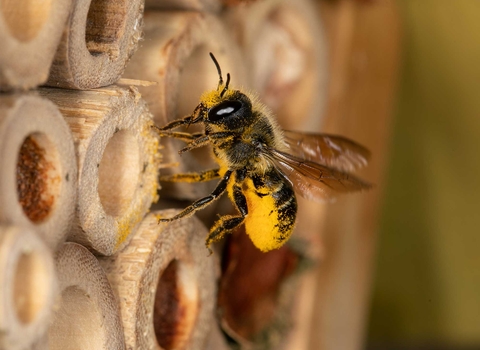A treasured book from my childhood is What To Look For In Summer. Published in 1960 in the classic Ladybird series, its vibrant illustrations depict a countryside abundant with life and colour and there is a romantic nostalgia about the descriptions of wildflowers, butterflies, hedgerows and farmland birds.
A bygone age?
The feeling that this is a bygone age has been underlined by increasing awareness of the loss of insects from our countryside. However, it is not just about biodiversity loss, it is also the reduction in “bio-abundance” and the knock-on effect this has on the pollination “service” that insects provide.
We are working in partnership on specific initiatives designed to address the needs of invertebrates in general and pollinators in particular. These are part of a programme called Bees, Bugs and Butterflies. Put simply, if we can fix everything that threatens this group of organisms, Surrey’s nature will be in a far better state and closer to the world depicted in that old Ladybird book. In keeping with our Living Landscapes approach, we will work both within and beyond the boundaries of our own nature reserves and countryside sites.




